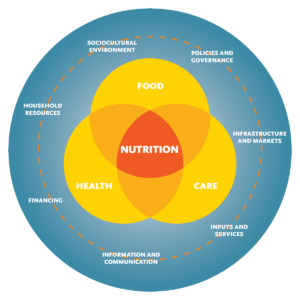Sustainable transportation options are essential for reducing carbon emissions, improving air quality, and creating more livable cities. By embracing eco-friendly modes of transportation, we can contribute to a greener and more sustainable urban future. Here are some key sustainable transportation options to consider:

- Walking and Cycling:
- Walking and cycling are the most environmentally friendly modes of transportation. They not only help reduce pollution but also promote physical activity and improve personal health. Investing in pedestrian-friendly infrastructure, dedicated bike lanes, and bike-sharing programs encourages people to choose these active modes of transportation.
- Public Transportation:
- Public transportation systems, including buses, trams, and trains, play a significant role in reducing traffic congestion and carbon emissions. By utilizing public transit, individuals can significantly decrease their carbon footprint. Expanding and improving public transportation networks, increasing frequency, and integrating technology for seamless travel experiences are key factors in encouraging public transit usage.
- Electric Vehicles (EVs):
- Electric vehicles have gained popularity as a cleaner alternative to conventional gasoline-powered cars. EVs produce zero tailpipe emissions, reducing air pollution and greenhouse gas emissions. Governments and organizations can support the transition to EVs by expanding charging infrastructure, offering incentives, and promoting the adoption of electric vehicles.
- Carpooling and Ridesharing:
- Carpooling and ridesharing programs reduce the number of vehicles on the road, leading to reduced traffic congestion and emissions. Encouraging carpooling through incentives, flexible work schedules, and designated carpool lanes can promote this sustainable transportation option.
- Micro-Mobility Solutions:
- Micro-mobility options such as electric scooters, bicycles, and small electric vehicles provide convenient and eco-friendly transportation for short distances. These options help reduce traffic congestion and can be integrated with public transit systems, offering first/last-mile connectivity.
- Active Transportation Infrastructure:
- Developing infrastructure that supports active transportation, such as safe sidewalks, well-maintained bike lanes, and pedestrian-friendly crossings, encourages people to choose walking or cycling as viable transportation options. Creating a connected network of infrastructure ensures that active transportation is accessible and safe for everyone.
- Telecommuting and Remote Work:
- Remote work and telecommuting options reduce the need for daily commuting, leading to fewer vehicles on the road and reduced emissions. Encouraging flexible work arrangements and promoting remote work culture can have a positive impact on sustainable transportation.
- Smart Transportation Systems:
- Utilizing technology and data-driven solutions can optimize transportation systems. Implementing smart traffic management systems, real-time transit information, and intelligent transportation networks can improve traffic flow, reduce congestion, and encourage sustainable transportation choices.
By incorporating these sustainable transportation options into our daily lives and advocating for their implementation on a broader scale, we can create greener, more efficient, and livable cities. It’s important for individuals, communities, and governments to work together to prioritize sustainable transportation and build a future where mobility is both eco-friendly and accessible to all.
As an Amazon Associate we earn from qualifying purchases through some links in our articles.




